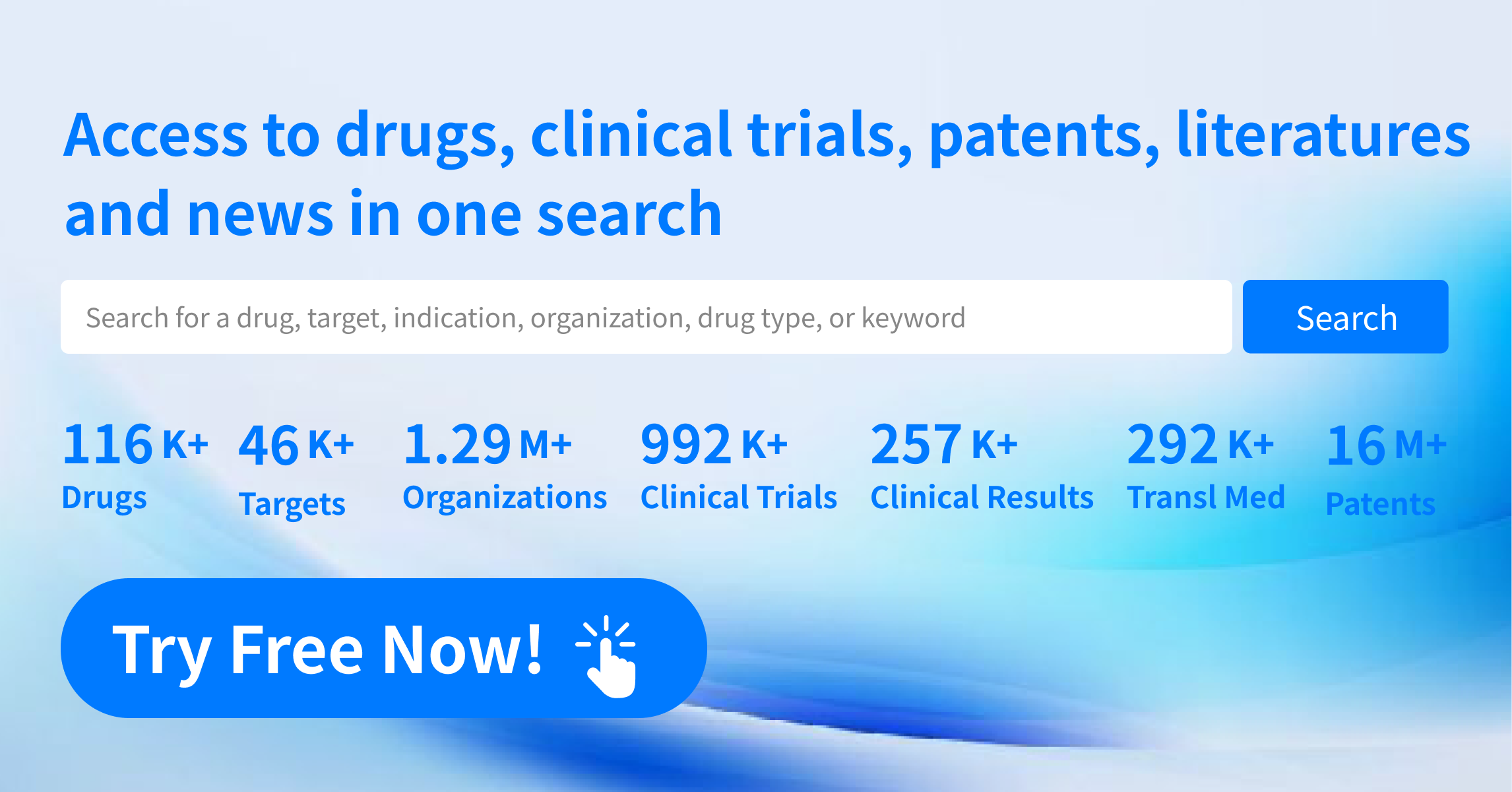What are IL-11 inhibitors and how do they work?
In recent years, the scientific community has made significant strides in understanding the complex mechanisms that drive various diseases. One such breakthrough involves the study and development of IL-11 inhibitors. These inhibitors target a specific cytokine, interleukin-11 (IL-11), which has been implicated in a variety of pathological conditions. In this blog post, we will delve into what IL-11 inhibitors are, how they work, and the potential therapeutic applications they hold.
The human body relies on a sophisticated network of cytokines to regulate immune responses, inflammation, and cell growth. IL-11 is one such cytokine that plays a vital role in these processes. Initially identified for its ability to stimulate megakaryocyte maturation, which helps in platelet formation, IL-11 has since been found to be involved in multiple physiological and pathological pathways. Elevated levels of IL-11 have been associated with a range of conditions, including fibrosis, cancer, and cardiovascular diseases. This has led researchers to investigate IL-11 as a potential therapeutic target.
IL-11 inhibitors are molecules designed to block the activity of IL-11, thereby mitigating its effects on various cellular processes. But how exactly do these inhibitors work? To answer this question, we need to understand the signaling pathways involved. IL-11 exerts its effects by binding to its receptor complex, which consists of IL-11Rα and gp130. This binding activates the Janus kinase (JAK)-signal transducer and activator of transcription (STAT) signaling pathway, leading to the transcription of genes involved in cell proliferation, differentiation, and survival.
IL-11 inhibitors can function through different mechanisms. Some inhibitors block the IL-11 receptor directly, preventing IL-11 from binding and activating the downstream signaling cascade. Others may target the JAK-STAT pathway itself, thereby inhibiting the signal transduction initiated by IL-11 binding. By disrupting these critical interactions, IL-11 inhibitors can effectively reduce the pathological activities driven by IL-11.
The therapeutic potential of IL-11 inhibitors is currently being explored in a variety of medical conditions. One of the most promising areas is in the treatment of fibrotic diseases. Fibrosis involves the excessive accumulation of extracellular matrix components, leading to tissue scarring and organ dysfunction. Elevated IL-11 levels have been found in fibrotic tissues of the liver, lungs, and kidneys. Preclinical studies have shown that IL-11 inhibitors can reduce fibrosis and restore normal tissue architecture in animal models, paving the way for potential treatments in humans.
Cancer is another area where IL-11 inhibitors show promise. IL-11 has been implicated in tumor progression and metastasis in various cancers, including breast, gastric, and colorectal cancers. By inhibiting IL-11 signaling, researchers aim to disrupt the tumor microenvironment, making it less conducive to cancer growth and spread. Early-stage clinical trials are underway to evaluate the efficacy of IL-11 inhibitors in cancer patients, and the initial results are encouraging.
Cardiovascular diseases, particularly heart failure, are also being targeted by IL-11 inhibitors. Elevated IL-11 levels have been linked to adverse cardiac remodeling and inflammation, contributing to the progression of heart failure. Animal studies have demonstrated that IL-11 inhibition can improve cardiac function and reduce inflammation, offering a novel therapeutic approach for heart failure patients.
In addition to these primary areas, there is ongoing research into the use of IL-11 inhibitors for various other conditions, such as rheumatoid arthritis, inflammatory bowel disease, and systemic sclerosis. The versatility of IL-11 inhibitors in addressing multiple pathological conditions makes them a particularly exciting area of research.
In conclusion, IL-11 inhibitors represent a promising new class of therapeutics with the potential to address a wide range of diseases driven by IL-11 signaling. By targeting the underlying mechanisms of these conditions, IL-11 inhibitors offer hope for more effective and targeted treatments. As research continues to advance, we can anticipate a growing number of clinical applications for these innovative inhibitors, ultimately improving patient outcomes across a spectrum of diseases.
How to obtain the latest development progress of all targets?
In the Synapse database, you can stay updated on the latest research and development advances of all targets. This service is accessible anytime and anywhere, with updates available daily or weekly. Use the "Set Alert" function to stay informed. Click on the image below to embark on a brand new journey of drug discovery!


